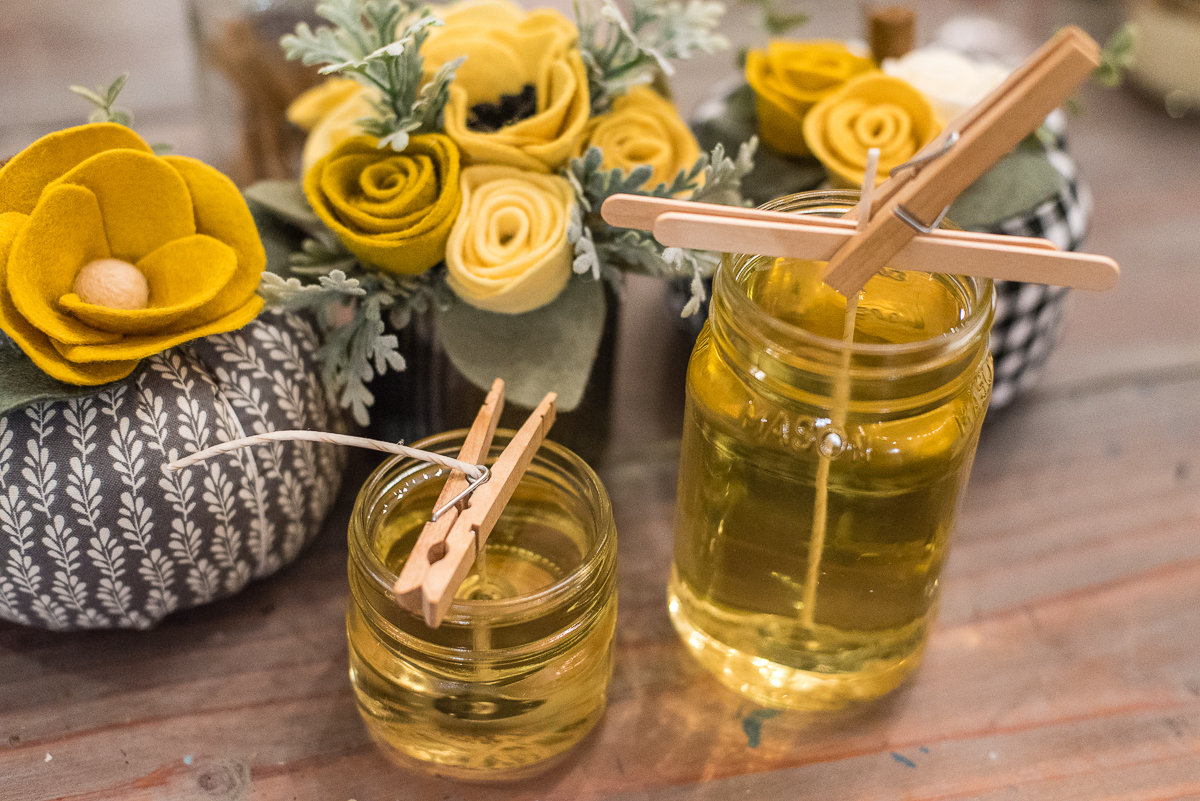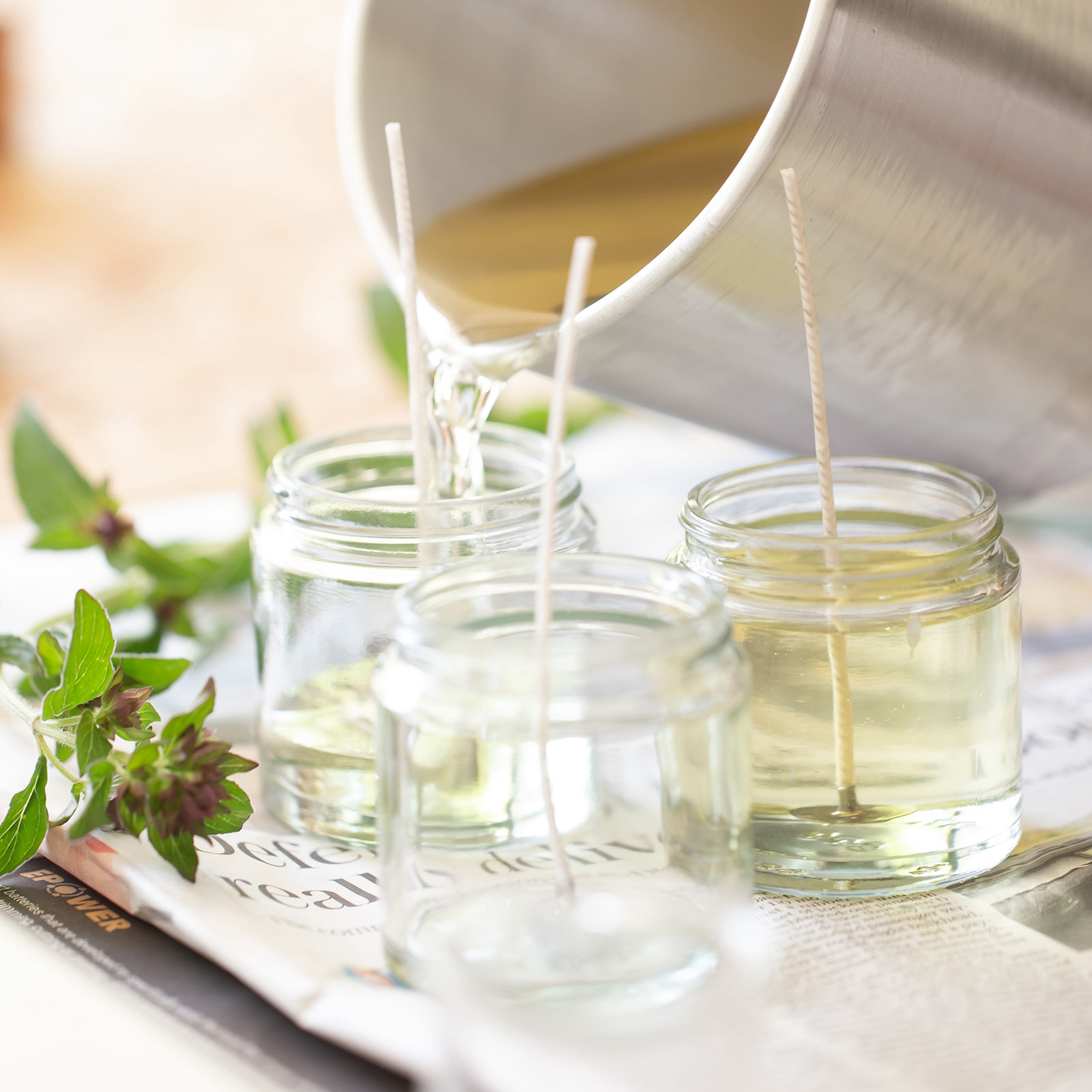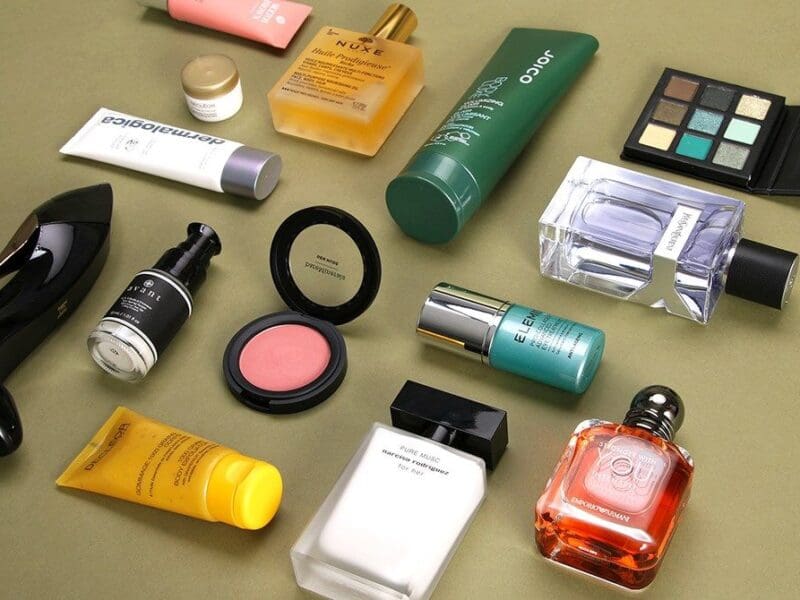
Tips for Candle Making Beginners
Simple to remember tips that will make you a candle making pro in no time.
Making candles can be a difficult and rewarding task. It is thrilling to light your first candle, but it can also be nerve-wracking waiting to see the results.
Did your top come out as smooth as you expected? Is your wick centred? What is your fragrance throw? There are so many questions, and your candle will soon answer them all.
What if we could all share some tips to help you make candles and avoid the stress and nerves that come with this new hobby? Continue reading to learn five key tips I wish I had learned earlier in my candle-making career.
- Take notes while you travel
- With fragrance, less is more
- Each fragrance oil can have a different cold throw and hot throw.
- Practice patience
There are many ways to create a great candle.

1. Take notes while you travel
Science is the key to candle performance. You need to repeat the same steps each time. But more importantly, you must know what works. Keep a record of the notes you take from each batch and the results you get as you test-burn. Here are some important points to keep in mind when pouring.
- Date and Time
- Type Wax
- Type of fragrance
- Wick size
- Size of glass
- The temperature in the room
- The highest melting temperature of wax (check the manufacturer’s recommendations as each wax is unique and you don’t want to heat it higher than necessary).
- The fragrance added to your environment
- Use of fragrance at %

2. With fragrance, less is more
It seems quite logical. A greater fragrance throw equals more fragrance. The combination of fragrance and wax is complex and involves many more variables. Testing is crucial.
Some fragrance oils are stronger and require less to produce a great scent. Others will need more oil, but they won’t have the same intensity.
You can experiment with different fragrance oil percentages, pour temperatures and cure times to determine the hot throw of your candles. It’s a better use of your time than adding more fragrance oil.

3. The cold throw and the hot throw of each fragrance oil can be very different.
Cold throw refers to the scent from your candle when it isn’t lit. Hot throw is when the wick has been lit and the candle emits fragrance. “Out of the Bottle” is when you get the first whiff of the oil.
Each one can offer a completely different experience to your nose. You can expect the scent “out of the bottles” to be quite different from the final candle. Candle testing is important because of this.

Conclusion
It’s so satisfying to use your imagination to create new fragrances and combine them with wax. The candle-making industry has so much potential and opportunity. It will be easier to get better results quicker if you take notes, use high-quality candle-making materials, find the right fragrance ratios for each scent and then experiment with other fragrances. You can also practice patience as you develop your own process for making candles.







